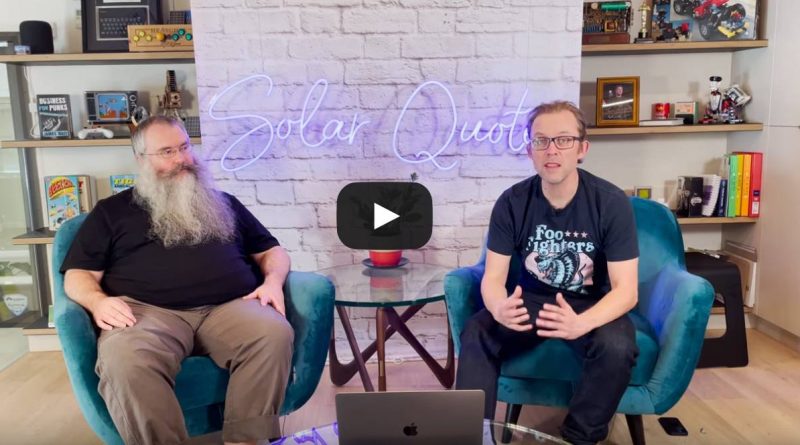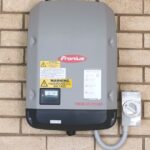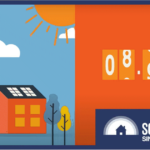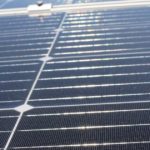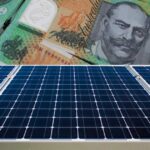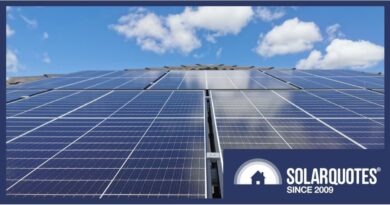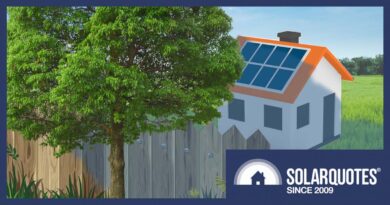About That Recent ABC 7.30 Report Story On Home Solar
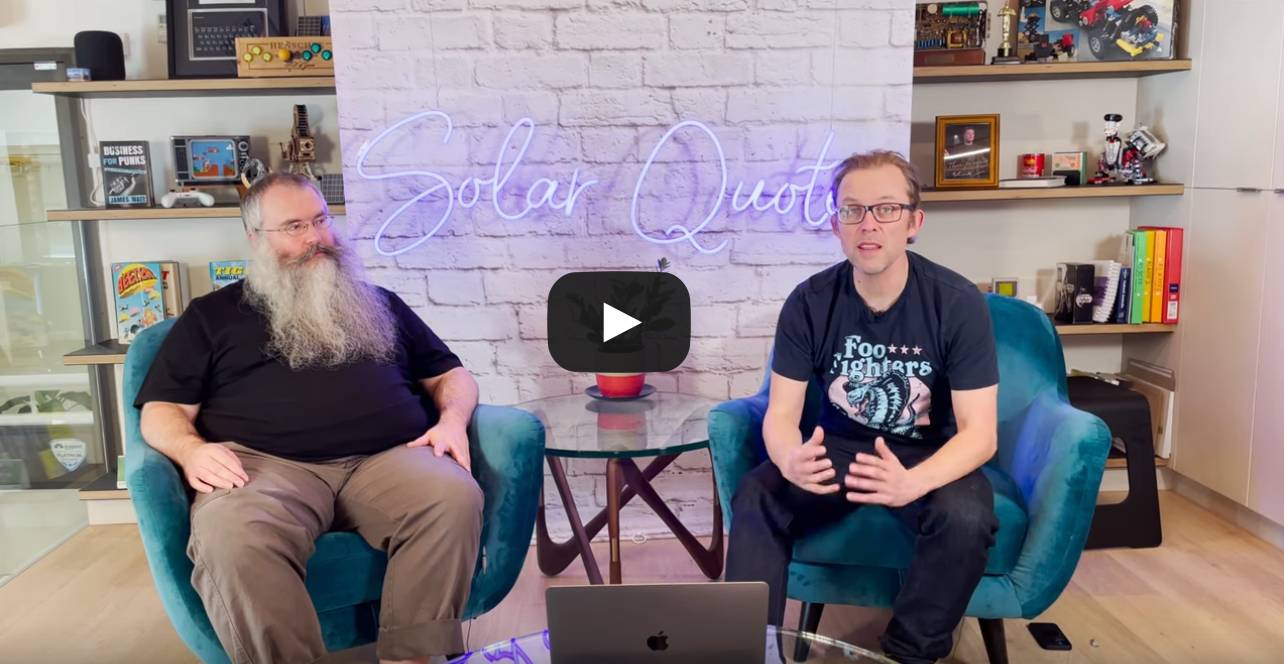
SolarQuotes founder Finn Peacock and blogger-extraordinaire Ronald Brakels scrutinise a recent ABC 7.30 Report segment on home solar power.
The segment, Power Play, went to air on April 27. It kicked off with the case of a Victorian household that recently installed solar panels and isn’t receiving any financial benefit from surplus electricity generated by the system. This would usually be exported to the grid and eligible for feed-in tariff payments.
It’s not totally clear what the situation is – whether the system is zero export limited (so nothing is exported), or whether it is returning energy to the grid without payment. Either way, it’s not a great situation for the household given the big system installed; estimated by Finn and Ronald to be in the 10kW and 12kW range.
Ronald points out while solar power still makes sense in a zero export limit situation for smaller systems, for big systems it can greatly extend the simple payback period.
Something Finn found particularly troubling is how the household ended up in this situation.
The standard process for buying solar is:
- you get quotes
- an installer is chosen
- the installer applies for permission to connect the proposed system to the grid.
It’s at this point the solar installer discovers if there will be an export limit. The installer should then have a conversation with the customer to explain the situation and determine if the customer doesn’t want to proceed, or perhaps opt for a smaller system, or discuss giving greater attention to solar energy self-consumption if the intention is to proceed with system originally quoted.
“What doesn’t happen or shouldn’t happen – obviously it has here – you install your solar and then find out you can’t export into to the grid,” says Finn. “That’s just not how it should work. There’s been a breakdown in communications somewhere.”
Another point was the solar owner involved mentioned he’d be happy if he was saving $300 – $400 a year.
“Well, he is,” says Ronald. “If’ he’s got average electricity consumption, he’s taking a big chunk off his (mains) electricity use in the daytime. With that huge system, he’ll be using next to no electricity in the day.”
Finn says in this scenario of zero exports/unpaid exports (whatever the case may be here), if you have an 11kW system in Victoria you would need to be self-consuming less than around 10% of the generated electricity for the system not to be providing savings of $400 a year.
Feed-in Tariffs Are Not Being Taken Away
The ABC’s 7.30 Report also claimed:
“..many households are no longer being paid for their excess power.”
This needs to be clarified – existing solar owners may see their feed-in tariffs fluctuate; but nobody is losing them. The zero export or export limiting situation is occurring to *some* households installing *new* systems in *some* areas where PV saturation is at a stage it’s claimed the local network can’t handle any more at this point in time.
The call as to whether a new system will be export limited is made by the relevant Distributed Network Service Provider (DNSP) – and some are better than others.
The Future Of The Grid And Home Solar Power
While Australia’s grid wasn’t designed as a “two-way” power system, it’s done pretty well to this point. But changes need to be made to cope with the growing inputs from renewable energy.
Finn says one of the relatively expensive things that need to be done is to put instrumentation all over the distribution network so grid operators can see what’s actually happening. Another change is the ability to remotely and selectively prevent systems from exporting temporarily when required. In a remote disconnect scenario, “smart” solar systems are still able to provide electricity to the household.
Ronald points out such situations may only be an hour or two a year.
The ABC’s 7.30 report also mentioned an Australian Energy Market Commission (AEMC) proposal allowing networks to levy a charge on solar owners to export to the grid when it is “busy”. This implied solar owners will have to pay for the privilege of exporting to the grid during these times.
“That’s not what they are proposing,” says Finn. “They’re proposing taking 2c off your feed-in tariff. So, if you’re getting paid 10c to export a kilowatt-hour, at certain times you’ll only get 8c.”
Finn says if in the future feed-in tariffs were to drop below 2c, then it would just be a matter of configuring a solar system to not export at those times.
An important point is that under the proposal, solar owners would also earn more at times when the grid needs the power.
AEMC CEO Benn Barr, who appeared in the report, says:
“You get a good return from solar and it’s not going to make it uneconomic for customers to put it on their roof.”
The AEMC’s various models estimate reduction in returns for solar owners would be minimal. While the AEMC’s numbers have been challenged, Finn says:
“AEMC are smart cookies – I am very confident they’re confident in those numbers. I’ve sanity-checked them and they seem good to me.”
Finn states the whole idea of the new pricing mechanism is to try and solve the problem of zero export. And while not perfect, if we hold out for a perfect solution we’ll not only see more prospective solar owners facing zero exports, we’ll all wind up in a terrible situation.
If the changes go ahead, households such as the one in Victoria will have to be offered an export level; enabling them to achieve simple payback much more rapidly.
Original Source: https://www.solarquotes.com.au/blog/abc-solar-report-mb1990/

